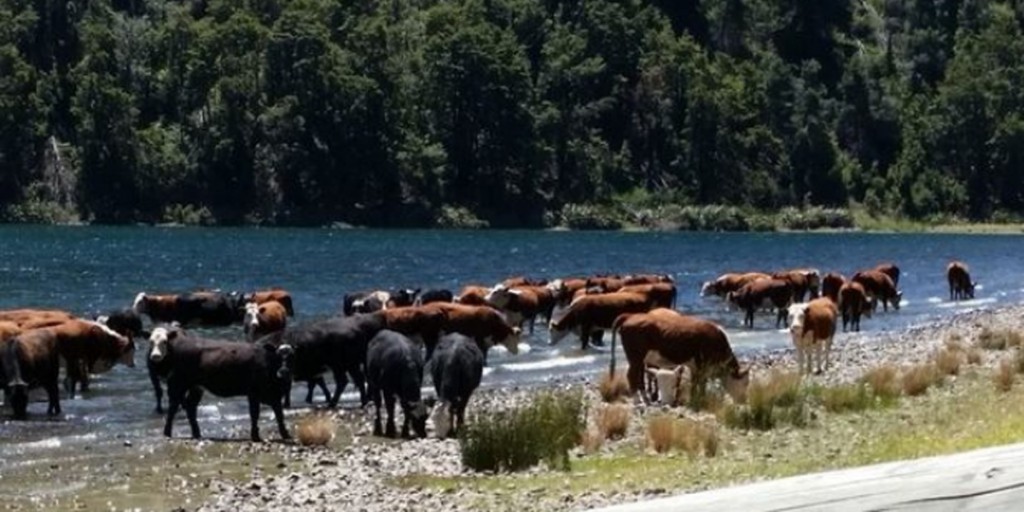Problems with fresh water in New Zealand are just beginning, and in my opinion will continue to get worse unless our central government steps in. Most Regional Councils have failed, deliberately or otherwise, to keep up with changing land and water use, and river quality is on a slippery slide downstream. The solutions are staring us in the face, and yet authorities continue to absolve themselves of responsibility.
For those of you unaware, recently thousands of people became sick, and several people actually died from poor water in the Hawkes Bay. Yet what happened there in terms of water quality, is also occurring to varying degrees, elsewhere around our country. The problems, summarized below, are only going to get worse until substantial measures are taken.
Here are the Major Problems
1) Too many nutrients, nitrates, phosphates in the water
2) Excessively high Bacterial Counts
3) Increased Weed and Algal growth
4) Reduced water flows through the rivers and streams
Farming Fertilizers
Farming, in my opinion, is the most significant contributor to these problems. Fertilizers designed to enrich soils and make them more productive, flow down to the waterways where it has a detrimental impact.
Changing Land Use
There has been a definite trend towards more intensive farming. As examples, Drystock farms have been moving to more intensive farming such as Dairy. Financially there are strong drivers for this – A Dairy farm is worth much more than a Drystock Farm. Councils like this – increased land values = increased rates. Intensive farming can also lead to increases in export earnings and employment – both desirable results from the government perspective. With this however has come increased irrigation (removing water from rivers / streams) and increased fertilizer use, and our waterways are paying the price.
Feedlots
An area many Regional Councils have failed to address is feedlots. These are areas where large numbers of cattle are fed food supplements such as meal, and they’ve become increasingly popular as Farmers look to increase gate returns. Of all meal types, Palm Kernel, a byproduct of the Asian Palm Oil Industry, is I believe the worst for our waterways. These are incredibly rich in nutrients and just small amounts of the product itself, or the resulting fecal matter by cattle, do enormous damage. Southland Regional Council recognized this and have introduced a resource consent process for new feedlots, yet most other authorities around the country have simply turned a blind eye. Many Farmers are free to put feedlots right next to a major waterway with impunity.
Bottling Plants
Amazingly, Hawkes Bay, which has one of the worst water quality issues in the country, has been allowing bottling companies free water for bulk export to China. The bottlers pay is a few hundred dollars for their resource consent and that is it. While water exporters are not the only draw on water supplies, it highlights the issue where commercial companies can take massive volumes of water and yet pay nothing for it.
Draining of Areas
While this happens less today, draining of swamps and other areas has been significant in New Zealand. Swamps provide flood protection, they are great at eating up excess nitrates and nutrients, and they provide rich habitat for many animals including migrating birds. Many such areas were systematically destroyed through straight-edged drains and covered in housing estates, paddocks and others. While harder to achieve today, it does still in fact happen, and we need to stop it.
Solutions to the Water Problem
Following are the solutions, difficult as these are for Regional Councils, Farmers and the Public to accept. Some will cost money. Some will cost land owners reduced capital gains on their properties in future. Some will require NGOs, Councils, Volunteers and Farmers to work together. And some will just be a hassle. Nevertheless here they are:
- Stop allowing land use changes that result in increased intensification of farming
- All farms in New Zealand should have the 20m Queen’s Chain around waterways fenced off
- Queen’s Chain to be planted in flax and other plants to help take up nitrates and nutrients before they reach the waterways.
- Farmers to be prosecuted where they are found to have cattle, sheep, deer, pigs or other bovines in waterways.
- Rigorous Resource Consent Process for all Feedlots
- Rigorous Resource Consent Process for access to Irrigation Waters
- Commercial Users of water to pay for their consumption
- Ensure we no longer drain swampy and lowland areas.
In many ways our waterways are dying by a thousand cuts. There is no one farmer, consumer or land use specifically to blame. Rather it is many things that all contribute. I’ve listed the ones above that are major contributors, but there are in fact many more. We Kiwis have taken our waterways for granted. We just assumed we would always have clean water. Also the changes have been gradual. We don’t notice a slight increase in algal growth in our creeks. Sadly it’s taken a few deaths before we actually sit up an take notice. Lets hope our Central Government and Regional Councils now also recognize this and do something about it.

